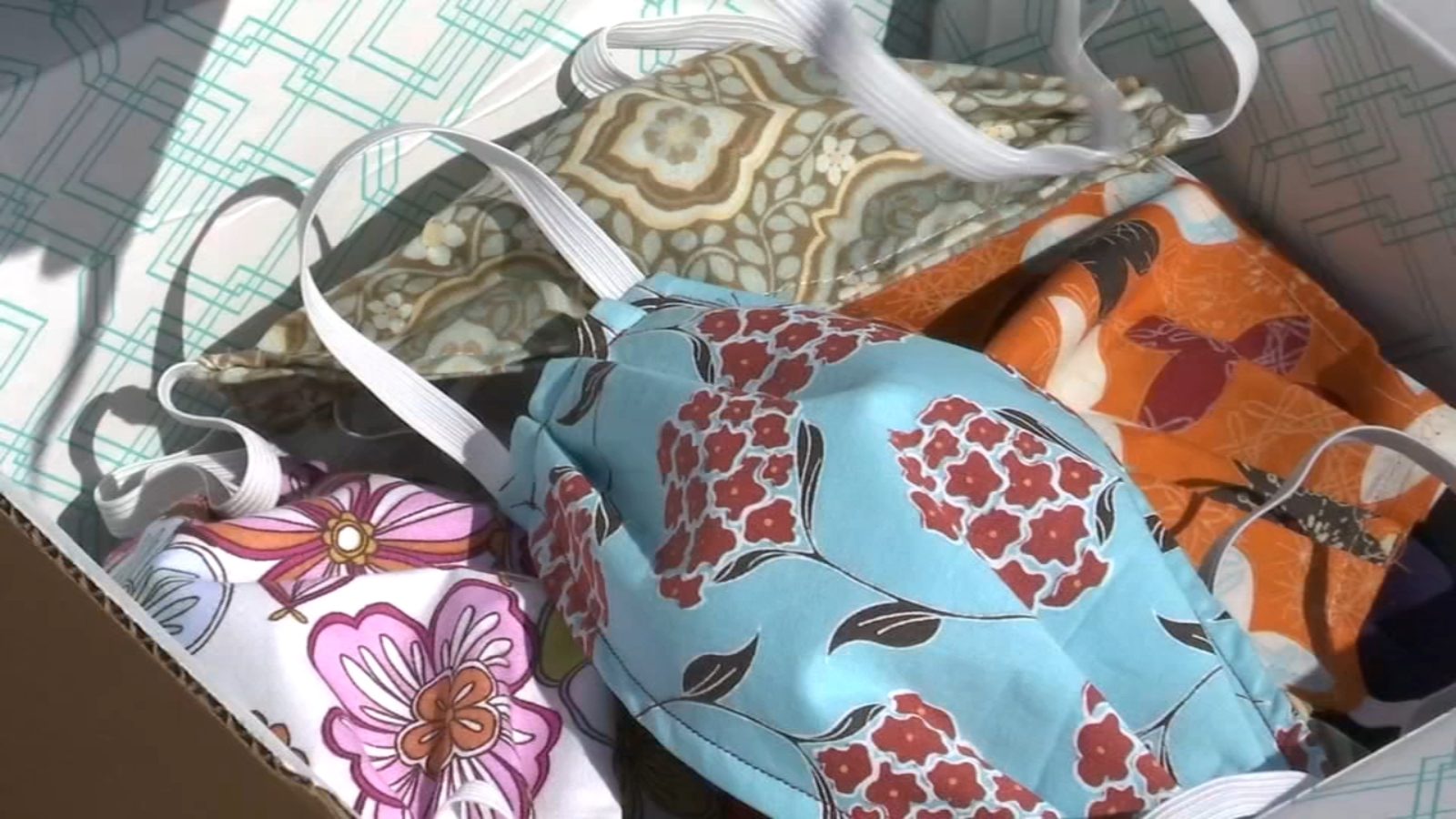Bhubaneswar: There is this ongoing debate as to whether wearing of masks will help one avoid contracting the deadly coronavirus. The World Health Organisation (WHO) and many governments across the world have said repeatedly that there is no need for everyone to wear masks. Only people associated with the healthcare industry and those who come in close contact with coronavirus patients need to wear masks. However, in India many states including Odisha have made the wearing of masks mandatory as a way to prevent infection.
But then this brings us to the question of how safe these masks really are. Since there is an acute shortage of masks in the market because of surging demands, many people are also forced to reuse masks that are meant to be discarded after a single use. That according to some experts quoted by ‘The HealthSite’ is extremely dangerous.
According to a new study at the University of Hong Kong (HKU), the virus that causes COVID-19 disease can stay on the outer layer of face masks for up to one week. The researchers of this study also looked into how long the virus survives on other commonly-touched objects like bank notes, tissue papers and clothes and they came to conclusion that the virus can survive for a week or even more on the outer layer of surgical or medicinal masks.
Researchers had earlier said that strain of coronavirus survives on various surfaces at room temperature. They saw that it can survive on tissue papers and printing papers for less than three hours. On clothes and treated wood, it disappears by the second day. On bank notes and glass, it can survive for two to four days. But, what is of more importance is the finding that the virus can survive on the outer layer of surgical or medicinal masks even after seven days.
Researchers say that this means that if you are wearing a surgical mask, you must avoid touching the outside of the mask. If one does so, one may contaminate the hands. So the moment when one touches the eyes, nose or mouth with contaminated hands, the virus gets transmitted.
The researchers however, cautioned that these findings are not cast in iron as the presence of the virus on these objects and surfaces was detected by laboratory tools. They also said that the concentration of the virus on all the studied surfaces reduced quite rapidly over time. But the virus died instantly when the surface was sanitised with the use of common household disinfectants, including bleach.

Hence the researchers also opined that the use of homemade masks with any form of cloth is better for use than medicinal masks. Medicinal masks can be used only once and then have to be thrown away. However, with demand for face masks at an all time high, many users are reusing surgical masks which the researchers feel is extremely dangerous. Hence their option is ‘use homemade masks which you can wash with a disinfectant and use again and again’.
The researchers have also pointed out that ideally when one is using homemade masks, he/she should at least have three-four pieces. This will provide ample time for the virus to die and hence it will be safe for those using it.
PNN & Agencies






































